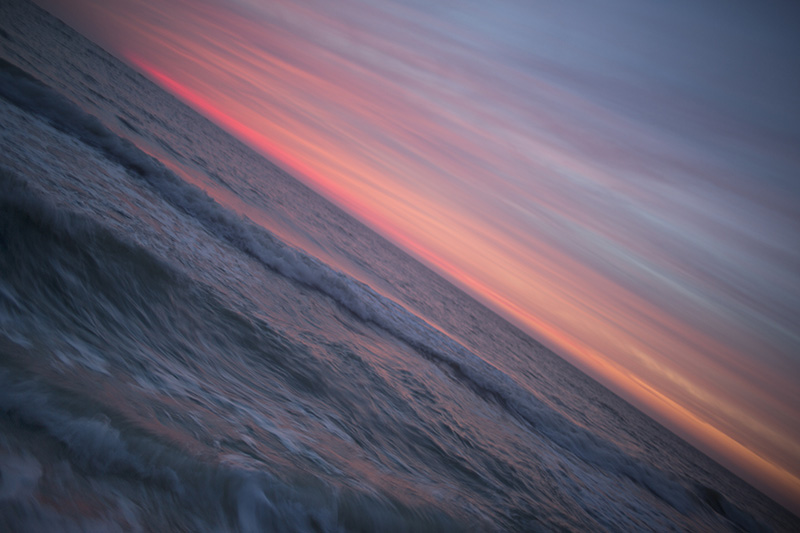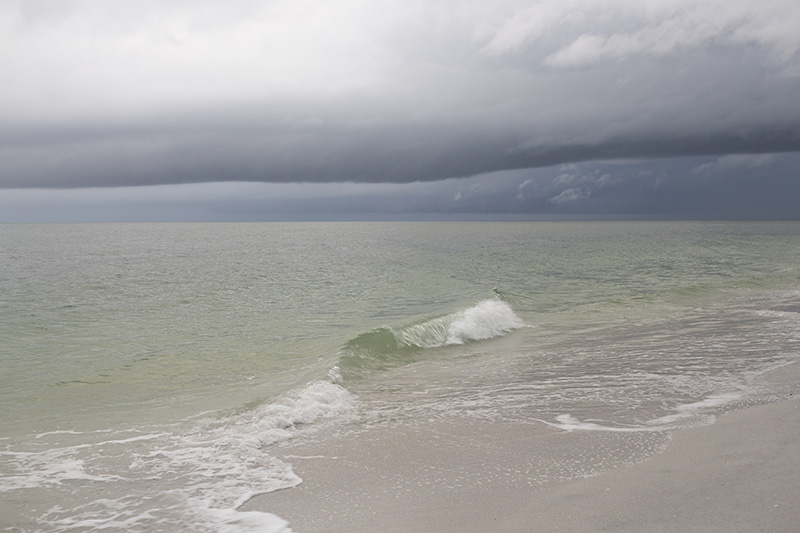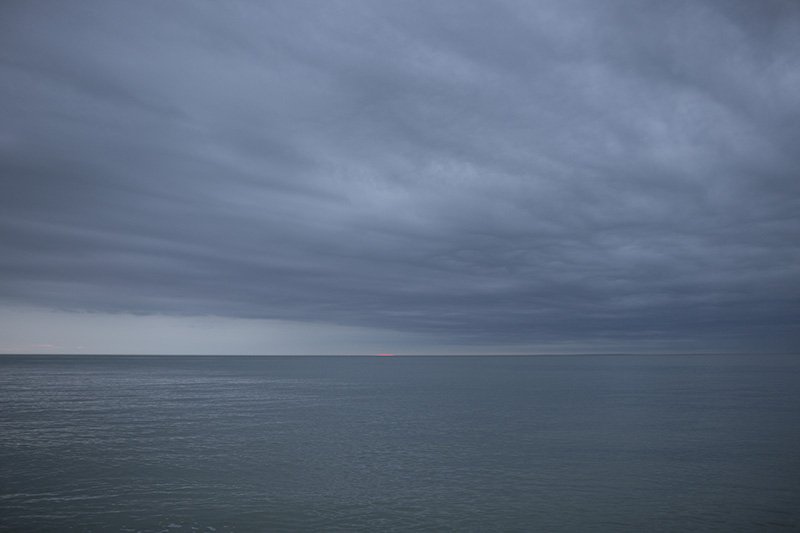PHOTO:Jack Pierson-Walking Around
 Jack Pierson uses photography, drawing and sculpture to explore the complex emotional narratives surrounding historic and contemporary icons and iconography, and often creates work that can be read as a melancholic hymn to the subject of art and creation, fame, immortality and the passage of time. Delving into his own subconscious, the ideas and references explored in his work are deeply personal and spring from the artist’s inner intellectual and emotional world.
Jack Pierson uses photography, drawing and sculpture to explore the complex emotional narratives surrounding historic and contemporary icons and iconography, and often creates work that can be read as a melancholic hymn to the subject of art and creation, fame, immortality and the passage of time. Delving into his own subconscious, the ideas and references explored in his work are deeply personal and spring from the artist’s inner intellectual and emotional world.
By Dimitris Lempesis
Photo: Galerie Thaddaeus Ropac Archive
Jack Pierson in his solo exhibition “Walking Around” at Galerie Thaddaeus Ropac presents new photographs. In his most recent body of work, created on North Captiva Island, off Florida’s Gulf Coast, the artist explores the emotional undercurrents of our daily lives, from the intimacy of romantic attachment to the distant idealization of escape. As he recently stated: “Most of my work is very temporary, very provisional. You can take it with you or you can leave it. Although part of what art is supposed to do is make you immortal, either by making it or owning it”. The title evokes the idea of Wanderlust (the strong desire to travel), a concept strongly influenced by German Romanticism. The landscapes presented in the exhibition express the inner urge to experience nature and the world far from home. Imbued with the nostalgia of summer, the seascapes, with their atmospheric and almost abstract qualities, trigger contemplation. Pierson’s work is moored by melancholy and introspection, yet his images are often buoyed by an aura of seduction. Far from simply seeking to create traditional variations on the American Dream, the artist seeks instead to explore the flip side of the concept, searching to express what he calls “The tragedy inherent in the pursuit of glamour”. Jack Pierson is considered to be part of a group of photographers that emerged in the early 1980s known as the Boston School. This movement includes: David Armstrong, Nan Goldin, Philip-Lorca diCorcia and Mark Morrisroe amongst others. Pierson references traditional American motifs (roadside ephemera, small town stores) and thus a lost era of cultural symbolism; his resulting word sculptures are imbued with both nostalgia and disillusionment. Pierson’s work is moored by melancholy and introspection, yet his images are often buoyed by a celebratory aura of seduction and glamour. Using friends as models, he has consistently engaged star culture, whether the stars are from the screen, stage, or art world. Sometimes infused with a sly sense of humor, Pierson’s work is inherently autobiographical, his fixation with fame affirms the tendency to yearn for an ideal, allowing for the viewer’s identification with his imagery. Fueled by the poignancy of emotional experience and by the sensations of memory, obsession and absence, Pierson’s subject is ultimately, as he states, “Hope”.
Info: Galerie Thaddaeus Ropac, 69 Avenue Du Générap Leclerc, Pantin, Paris, Duration: 2/4-23//17, Days & Hours: Tue-Sat 10:00-19:00, http://ropac.net


